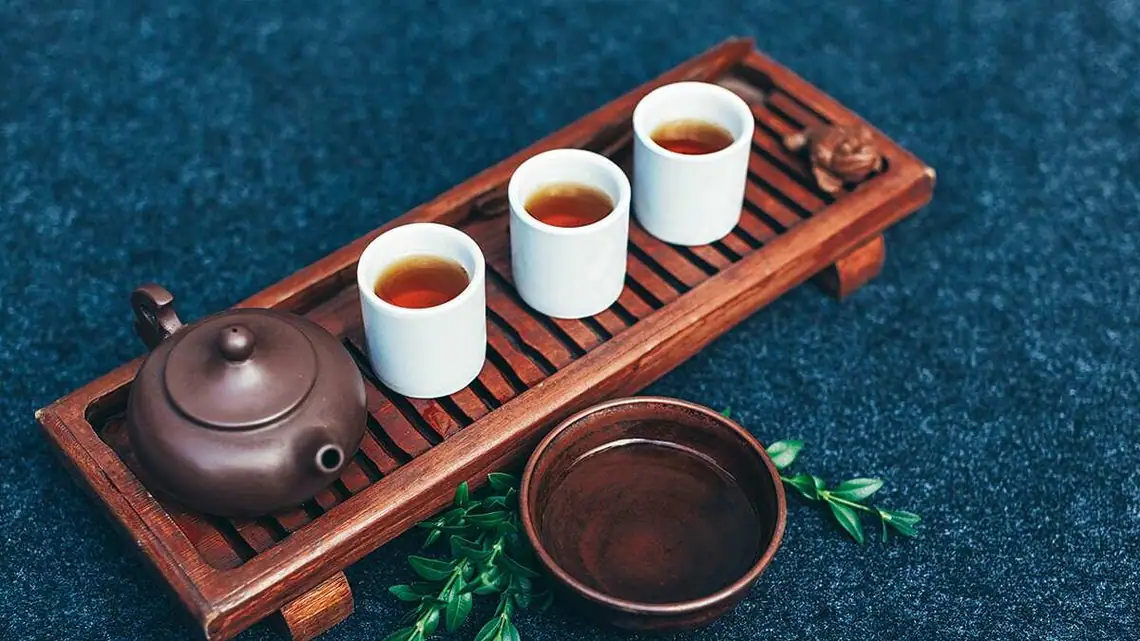Royal Traditional Chinese Tea

Introduction
Chinese tea culture, steeped in history and tradition, has given rise to a wide array of teas that captivate the senses and nurture the soul. Among these, Royal Traditional Chinese Tea stands as a testament to the centuries-old heritage of tea cultivation and preparation. In this article, we will delve into the origins, unique characteristics, brewing methods, cultural significance, and why Royal Traditional Chinese Tea continues to be cherished as an embodiment of elegance and flavor.
Origins of Royal Traditional Chinese Tea
The history of Chinese tea can be traced back over 5,000 years. It was Emperor Shen Nong, according to legend, who discovered tea when tea leaves accidentally blew into a pot of boiling water. From these ancient beginnings, Chinese tea culture flourished and diversified into a rich tapestry of traditions and tea varieties.
Characteristics of Royal Traditional Chinese Tea
- Diverse Varieties: Royal Traditional Chinese Tea encompasses a wide range of tea types, each with its unique characteristics. These may include green tea, black tea, white tea, oolong tea, and Pu-erh tea.
- Ceremonial Brewing: In traditional Chinese tea ceremonies, precise brewing techniques are employed to bring out the optimal flavors of each tea type. This includes attention to water temperature, tea leaves, steeping times, and pouring methods.
- Elegance and Complexity: Chinese teas are known for their nuanced flavors, often described as floral, grassy, nutty, or fruity, depending on the tea type. These flavors are the result of the unique processing methods each tea undergoes.
Brewing Royal Traditional Chinese Tea
To truly appreciate the essence of Royal Traditional Chinese Tea, one must pay attention to the brewing process:
- Water Temperature: Water temperature varies depending on the type of tea. For instance, green teas are typically brewed with water just below boiling point, while black teas may require fully boiling water.
- Tea Leaves: High-quality tea leaves are crucial. Depending on the tea type, the leaves may be tightly rolled, pressed into cakes, or left to unfurl in hot water.
- Steeping Time: Steeping times also vary by tea type, ranging from seconds to several minutes. The aim is to extract the optimal flavor without bitterness.
- Teaware: Traditional Chinese teaware, such as Yixing clay teapots and gaiwans, are often used to brew tea in the most authentic manner.
Cultural Significance
Chinese tea culture is deeply intertwined with daily life, social interactions, and spirituality. Tea ceremonies, such as the Gongfu Cha, showcase the elegance and precision of tea preparation. Beyond its sensory delights, tea is also seen as a symbol of hospitality, respect, and mindfulness.
Conclusion
Royal Traditional Chinese Tea embodies the essence of China’s tea heritage, a testament to the deep-rooted traditions and reverence for this ancient beverage. Each cup of Chinese tea is a sensory journey, an exploration of flavors and aromas that reflect centuries of mastery. Whether it’s a quiet moment of contemplation or a shared experience in the company of friends, Royal Traditional Chinese Tea invites you to savor the elegance and complexity of Chinese culture, one exquisite sip at a time.
